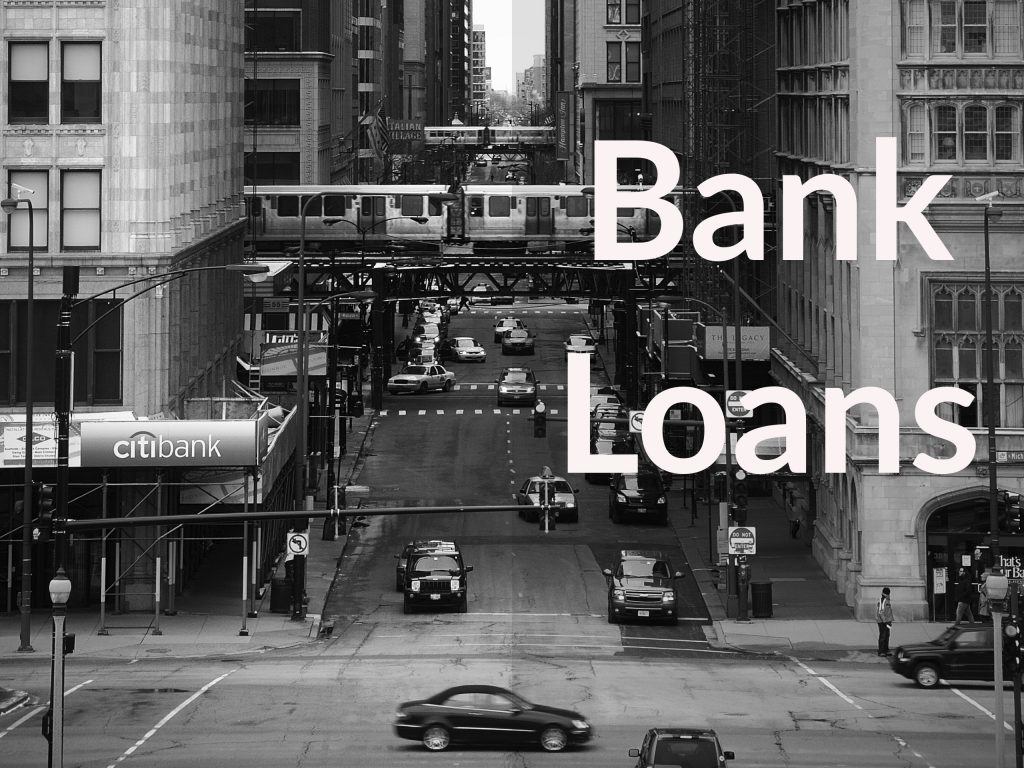Why the leveraged loan market (i.e. bank loans) is becoming more risky. What are collateralized loan obligations and how do they influence bank loans. Why I will sell my bank loans fund when the economy turns.
In this episode you’ll learn:
- What are the characteristics of bank loans.
- How bank loan prices adjust based on expectations regarding default.
- Why bank loans are getting more risky.
- What have bank loans returns historically.
Show Notes
US leveraged loans in demand as asset class hits US $1trn milestone – Reuters
Leveraged Loan Safety Net May Prove Frayed for Investors – Bloomberg
Loan funds attract new money as interest rates rise – Financial Times
US credit boom: red flag or investable asset? – Financial Times
S&P/LSTA U.S. Leveraged Loan 100 Index
Understanding Collateralized Loan Obligations – Guggenheim
‘Assault’ by Biggest Loan Buyers Could Spell Trouble in Downturn – Bloomberg
Episode Sponsors
Retirement Budget Calculator Code: DAVID for 20% off
Episode Summary
Just as you need to be “bear aware” when traveling in the backcountry, you also need to be aware of the risks and benefits when investing in asset classes such as bank loans. What may seem harmless on the surface could backfire within your portfolios if not treated with the appropriate level of caution and knowledge. On this episode of Money For the Rest of Us, David examines bank loans, also known as floating rate or leverage loans, and the various risks associated with this type of asset class.
What are bank loans and why don’t they have interest rate risk?
Bank loans or leveraged loans represent loans made by banks to non-investment grade companies. They have variable interest rates because the interest paid by the borrower is tied to short-term interest rates that are connected to LIBOR – the world’s most widely-used benchmark for short-term interest rates. For bank loans, as interest rates go up, values don’t go down. Bank loans also hold seniority when it comes to bankruptcy payback.
Bank loans are getting more risky as investors move away from high yield bonds
During the week of May 13-19, 2018 the net inflow to bank loan mutual funds reached $925 million – the largest intake in 55 weeks. The past 11 weeks have also had extremely high levels of bank loan intakes. Comparably, high yield bond funds had $1.3 billion during the same week in May 2018. The increased demand for bank loans from investors and from collateralized loan obligations is pushing up prices for bank loans, lowering their yields. The increased demand is also prompting more issuance. The bank loan market now exceeds $1 trillion – double the amount in 2010.
Protections to those investing in bank loans are lessening
There are more leveraged loans in the system as companies take on more debt. However, lender protections are weakening. Many bank loans are “covenant-light loans,” meaning they don’t have as strong of legal protections for creditors. Bank loans also have more flexibility regarding definitions of default. 82% of all leverage loans were considered covenant lite as of April 2018, compared to 60% in 2015. The lax lending standards should definitely cause investors to pause and consider the risks before investing in the asset class.
Collateralized Loan Obligations
David profiles the characteristics of the largest buyer of bank loans: collateralized loan obligations, also known as CLOs.
Episode Chronology
[1:02] What are bank loans and why do you need to be “bear aware” of them?[8:30] The price of bank loans can fall as spreads widen as investors worry about potential defaults
[10:06] What yield are you receiving over LIBOR?
[11:32] There indeed is a strong demand for loans in today’s market
[14:12] High demand for bank loans has led to more issuances, but caution is necessary
[22:38] Collateralized Loan Obligations are the largest purchaser of bank loans
[27:55] A summary of things to look at when considering an asset class
Related Episodes
297: How To Protect Your Savings
423: A “Safe” 6% Yield: The Case for Investment Grade CLOs

